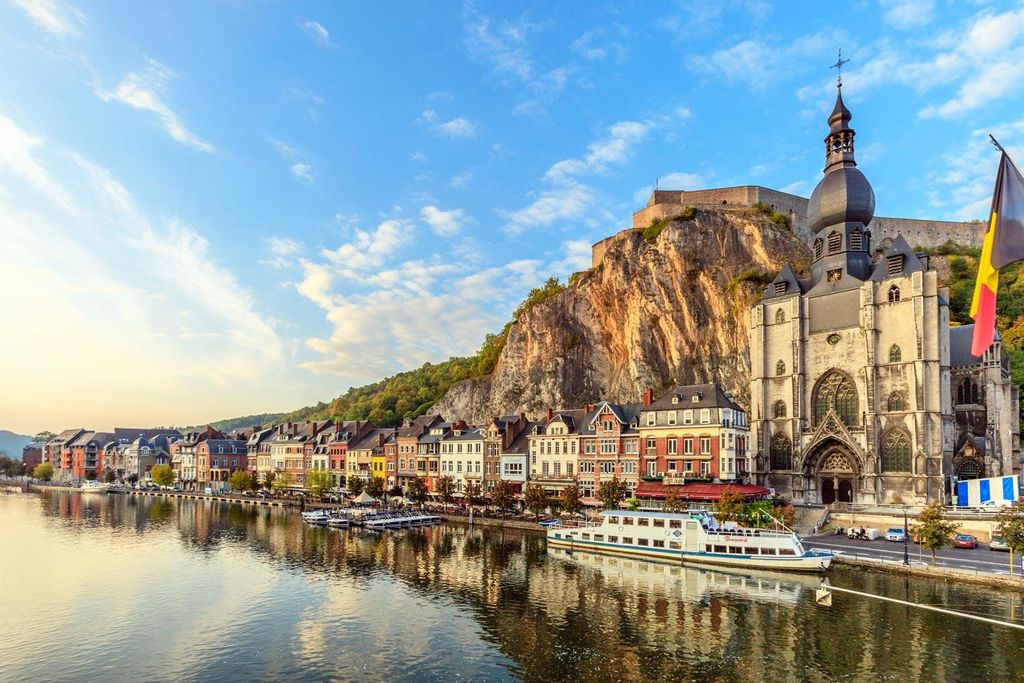
When most travelers think of Europe, the same postcard-perfect images come to mind—Eiffel Tower sunsets, Venetian gondolas, Santorini rooftops. But Europe holds far more than its iconic landmarks. Tucked away beyond the tourist trails are hidden villages brimming with charm, history, and authenticity—places that rarely make it into travel guides, yet leave lasting impressions.
This guide uncovers hidden villages in Europe you’ve probably never heard of—but absolutely should. These off-the-beaten-path destinations offer a rare opportunity to experience the continent as locals do: quietly, beautifully, and without the crowds.
Why Seek Out Hidden Villages?
Hidden villages offer an antidote to mass tourism. They’re where cobblestone streets echo with silence instead of camera clicks, where traditional lifestyles continue uninterrupted, and where every stone house tells a story.
Choosing these lesser-known places brings unique rewards:
- Authentic cultural encounters
- Lower travel costs and fewer tourists
- Sustainable tourism practices
- Unspoiled landscapes and local cuisine
1. Albarracín, Spain – A Medieval Jewel Frozen in Time
Nestled in the hills of Aragón, Albarracín is a walled medieval village that looks like it leapt out of a storybook. Its pink-hued buildings, narrow alleyways, and Moorish influences create a unique architectural blend.
Despite its beauty, Albarracín remains under the radar—largely because it’s not directly connected by train. But for those who make the effort, the reward is a walk through centuries-old streets untouched by modern tourism.
Highlights:
- Climb the ancient city walls for panoramic views
- Explore the 10th-century castle ruins
- Enjoy local specialties like migas and jamón de Teruel
Best time to visit: Spring or early autumn for cooler weather and fewer visitors.
2. Giethoorn, Netherlands – The Village With No Roads
In the northern Dutch province of Overijssel lies Giethoorn, a quiet village crisscrossed by canals instead of streets. Often called the «Venice of the North,» Giethoorn stands out for its thatched-roof cottages, wooden footbridges, and peaceful boat rides.
Yet unlike Venice, Giethoorn has remained largely uncrowded—especially outside peak summer weekends.
Highlights:
- Rent a silent electric boat or canoe and glide through the canals
- Visit the Museum Giethoorn ‘t Olde Maat Uus for a glimpse into rural life
- Cycle through the surrounding Weerribben-Wieden National Park
Best time to visit: May–June or September for mild weather and fewer crowds.
3. Hallstatt, Austria – Not the Version You’ve Seen on Instagram
While Hallstatt has gained Instagram fame, the real hidden gem is the off-season Hallstatt or nearby villages like Obertraun. Located on Lake Hallstatt and surrounded by alpine peaks, this region is still accessible and welcoming, but much less crowded outside summer.
Highlights:
- Discover ancient salt mines dating back over 7,000 years
- Ride the funicular to the Skywalk for lake views
- Visit in winter to enjoy snow-covered serenity minus the crowds
Best time to visit: Late autumn or early spring—before or after peak summer traffic.
4. Piódão, Portugal – A Village Carved in Schist
Set deep in Portugal’s Serra do Açor mountains, Piódão is built entirely from dark schist stone, making it blend perfectly into the rugged hillsides. Its compact maze of houses, winding lanes, and blue-framed windows evoke a sense of time standing still.
Piódão’s remote location has kept it untouched by mass tourism, allowing its peaceful atmosphere and traditional lifestyle to flourish.
Highlights:
- Hike the surrounding trails for stunning valley views
- Taste mountain dishes like chanfana (goat stew)
- Explore nearby natural pools in summer
Best time to visit: Spring and early summer for wildflowers and sunshine.
5. Český Krumlov, Czech Republic – A Fairytale Less Traveled
While Prague draws millions, Český Krumlov remains a far quieter Bohemian treasure. With its UNESCO-listed old town, winding Vltava River, and hilltop castle, this village-size city is compact, affordable, and easily walkable.
Though it’s grown in popularity, most international tourists still overlook it—making it ideal for off-season visits.
Highlights:
- Tour the 13th-century Český Krumlov Castle
- Attend a performance at the revolving outdoor theater
- Stroll along medieval streets without the rush of major cities
Best time to visit: September or October for fewer crowds and fall colors.
6. Dinant, Belgium – A Riverside Secret
Often overshadowed by Brussels or Bruges, Dinant sits along the Meuse River with dramatic cliffside views and a skyline dominated by its collegiate church and citadel. It’s quirky, quiet, and full of character.
Dinant is also the birthplace of Adolphe Sax (inventor of the saxophone), and this musical legacy is celebrated across the town with saxophone sculptures and museums.
Highlights:
- Visit the Citadel of Dinant by cable car
- Sample the famous Couque de Dinant (an incredibly hard honey cookie)
- Kayak or cruise along the Meuse River
Best time to visit: Late spring or early fall for pleasant weather and scenic boat rides.
What to Expect When Visiting Hidden Villages
Visiting lesser-known destinations is enriching, but it comes with a few considerations:
- Limited public transportation: You may need a rental car or local taxi.
- Fewer English speakers: Learning a few local phrases goes a long way.
- Simpler accommodations: Expect charming guesthouses over chain hotels.
- Respect local customs: Small communities appreciate discretion and respect from outsiders.
These are the very factors that preserve their charm and authenticity.
How to Find Your Own Hidden Village
If you’re eager to discover more hidden villages in Europe, consider:
- Asking locals: Hotel staff or café owners often know the best-kept secrets
- Using offline maps: Platforms like Maps.me often list smaller settlements
- Exploring on foot or bike: Trails often lead to picturesque, unlisted hamlets
- Checking regional tourism sites: They often promote lesser-known gems ignored by global platforms
Conclusion: Beyond the Postcard Lies the Real Europe
In an era of overtourism and Instagrammable clichés, the most rewarding travel experiences often lie far from the spotlight. These hidden villages in Europe offer a chance to slow down, connect deeply, and witness a different kind of beauty—quiet, humble, and enduring.
If you’re looking to see Europe beyond the postcards, venture off the main roads. What you find might just be the most unforgettable part of your journey.
